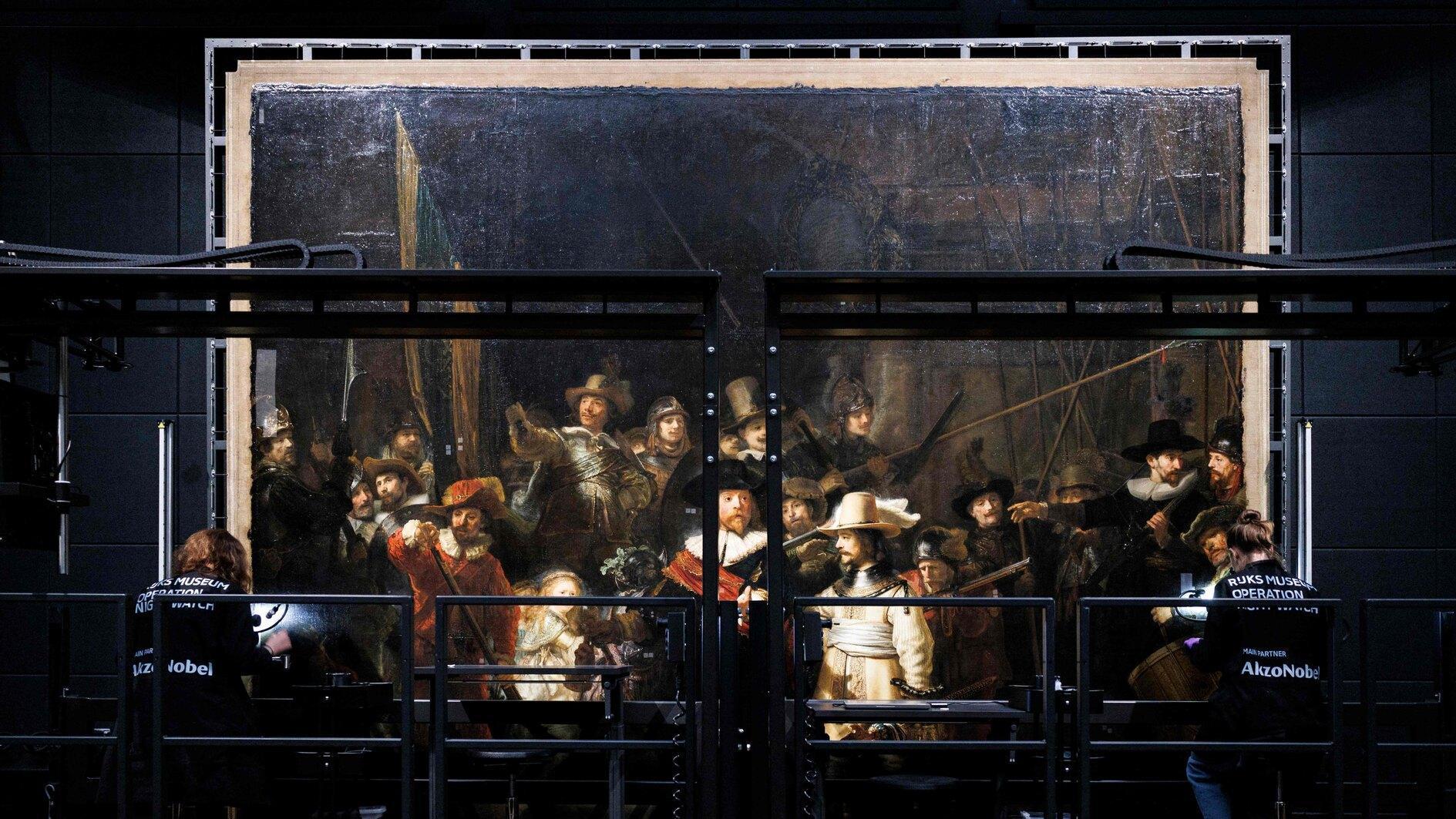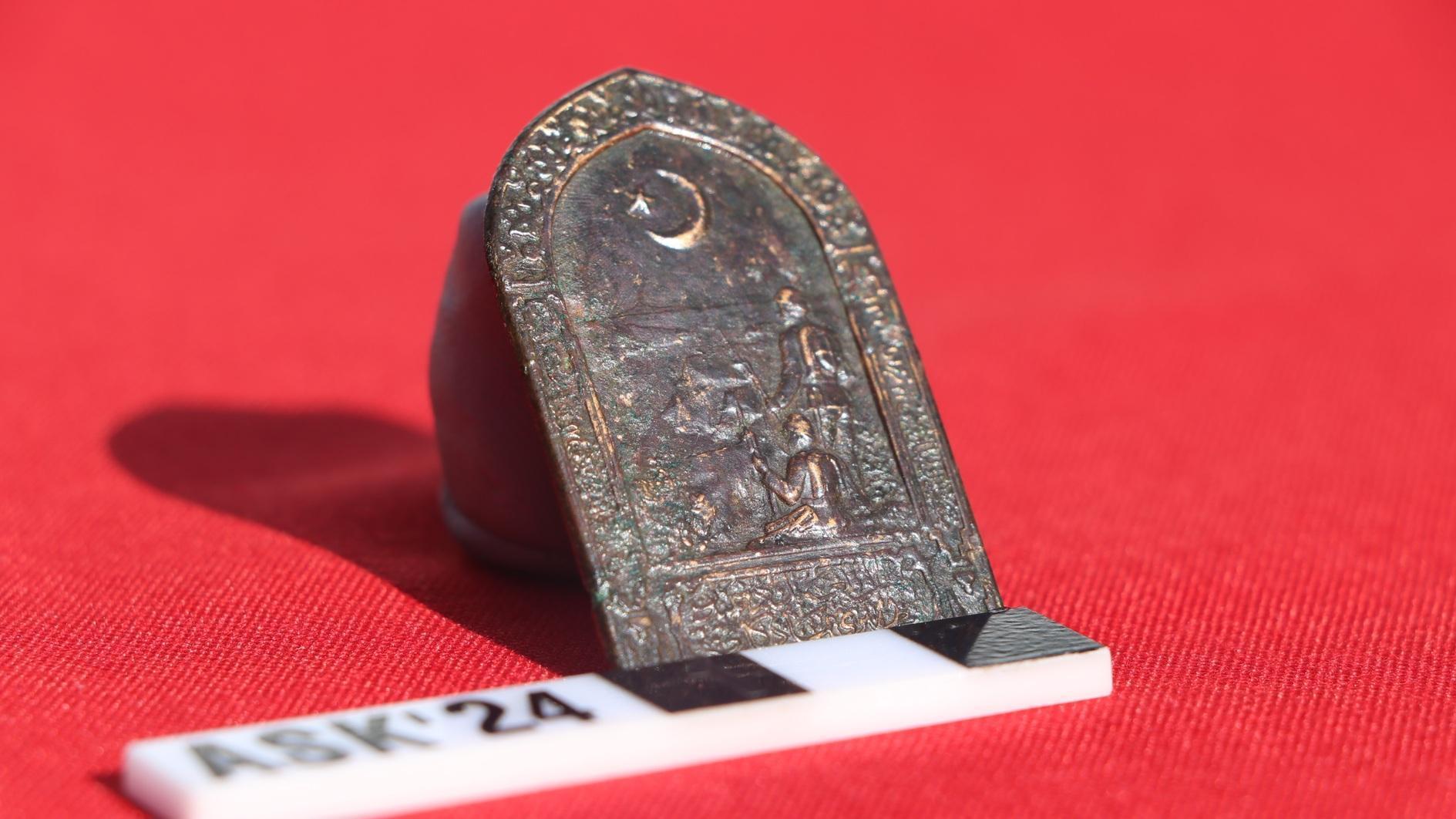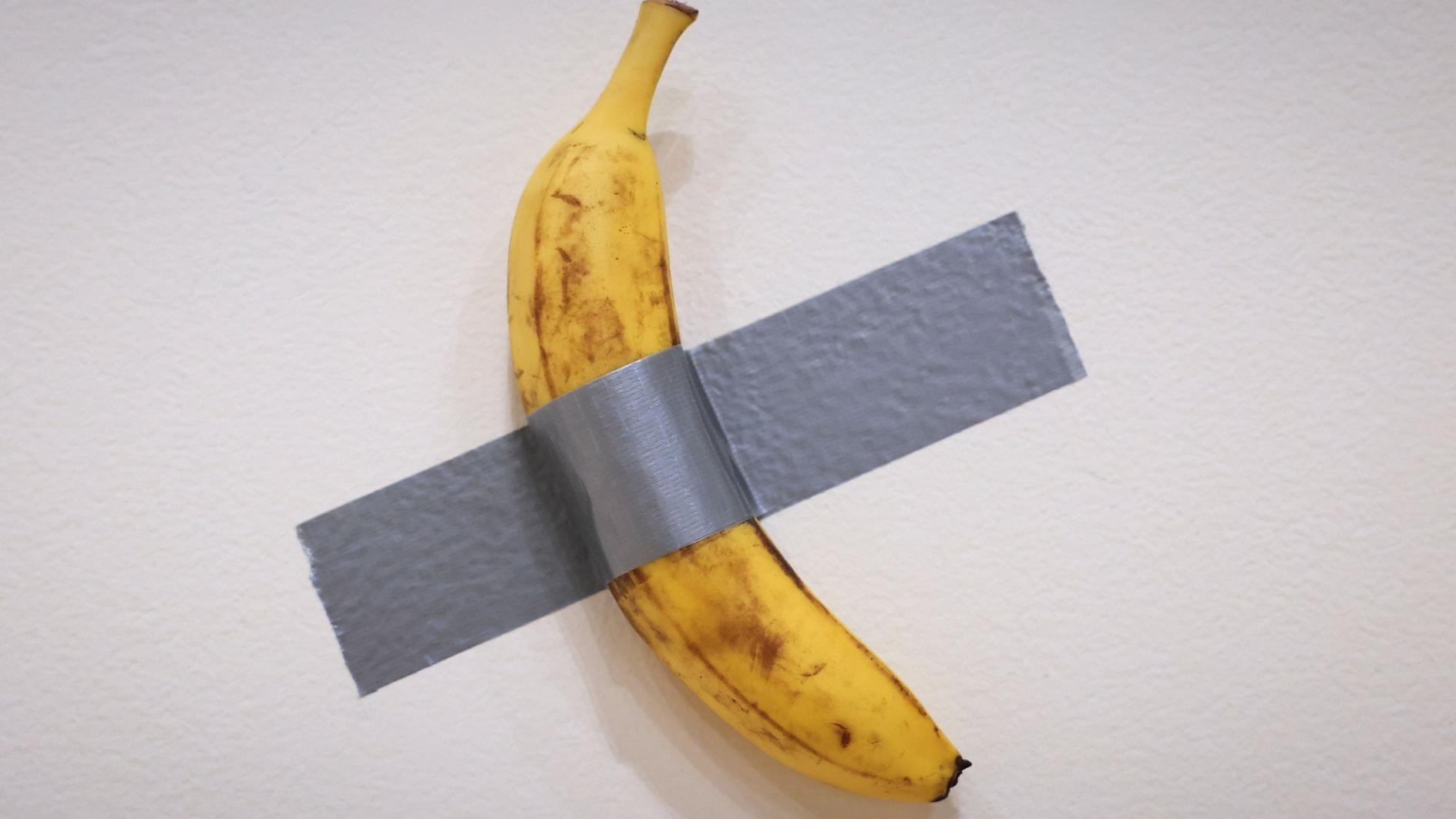Foreign drivers in Turkey, too, should keep this article
It is very common for drivers in Turkey to get caught on radar either during intercity travel or within cities.
Each time somebody gets caught, the phrase is the common one, “It was impossible to notice the radar. Why would they choose to place it there?!”
It is true that those who check if the speed limits were observed via a radar have become professionals in their job.
They have different techniques, such as hiding the radar in unseen places, placing it inside a deserted car, and so on.
Those who use the same road everyday know where the radars are placed, thus reducing the speed accordingly. However, those who don’t know it basically get caught.
“Speed is awful,” “Haste makes waste” are true phrases and spot-on in this case. However, the huge amounts of income that comes via people paying fines go directly into the state budget and this is one reason why there are certain strategies to get people to break the rules and pay the prices. This is the general perception of the public.
The Supreme Court of Appeals has issued a very important verdict about the fines people have to pay for exceeding speed limits, ruling that “if there are no billboards to warn the drivers about the approaching radar control, then there can be no speed limit inspections.”
The court ruling came after a real case in which a driver was caught on radar while travelling at 71 km per hour, which was more than 10 percent over the limit, which is set at 50 km per hour in urban areas. The court decided to cancel the fine given by the police, ruling that “there was no billboard to warn about the radar where the person was given a fine for going over the speed limits; therefore, the fine carried no legal base.”
The Supreme Court of Appeals Prosecutor’s Office subsequently appealed the decision. The Supreme Court’s 7the Chamber, however, issued an interesting ruling about the case, rejecting the Public Prosecutors Office’s appeal request and approving the initial verdict.
According to Clause 34/c of the Directive Regarding the Measures during Traffic Checks and Traffic Accidents, “the radar machine should be placed on both sides of the road in a way that it will be visible to drivers in the event of speed limit checks.”
Clause 47 continues:
“National and local media, as well as other communication platforms, should be used to the maximum [to inform the public in issues like] where, when, under what scope and how long the checks will be made on roads.”
Drivers should also be notified of where and during which time periods the radar inspections will be conducted. Tricking the drivers is against the principles of a contemporary state with rule of law, (The Supreme Court 7.C.D. 8 July 2014 and E.2014/2954,K.2014/14281).
As seen from the Supreme Court’s ruling, the point that “drivers shouldn’t be tricked” is emphasized.
This article should be saved by all drivers who might be fined via radar without a warning sign to use it as a source in the court, should they object to the fine.











